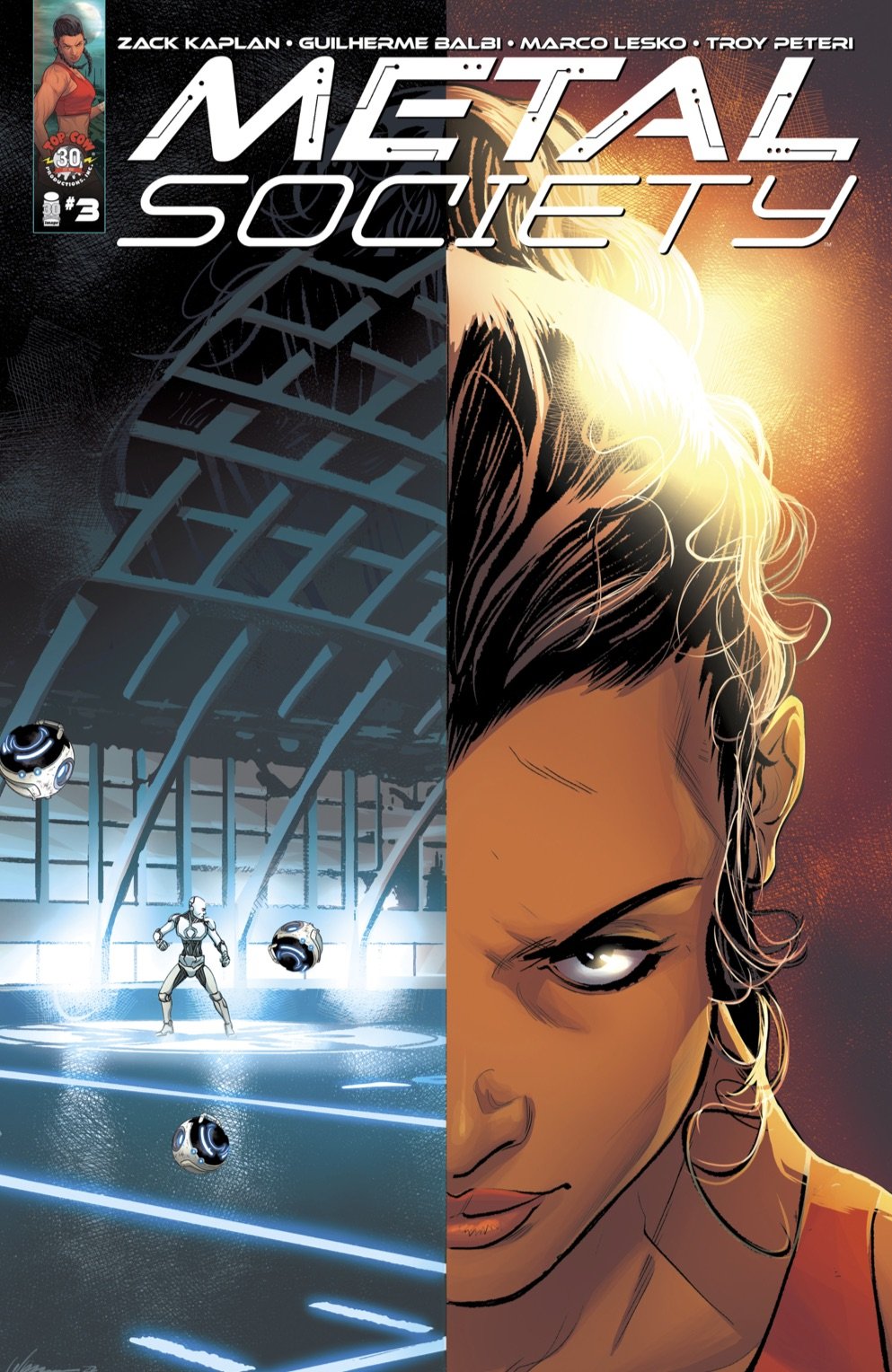Remote Space #2 // Review
Life has become incredibly difficult on Earth in 2450. They’re trying their best to make it happen. They’ve managed to make citrus spheres work in Antarctica where it’s 107.2 degrees. Meanwhile, there’s a group of spacefarers who have received a distress signal from Earth. Communication across the solar system is going to be rather critical in Remote Space #2. Writer/artist Cliff Rathburn’s hard sci-fi adventure continues with a sense of wonder and cold intensity. The themes being explored are universal, but there’s some admirable novelty to the reality that Rathburn is bringing to the page through script and art.
Zoe is remembering her childhood. She’s remembering her mother--a very caring woman who could get ruthless if her family’s wellbeing was threatened. She’s living in the shadow of her mother’s memory as she deals with a particularly dangerous operation involving the launch of an orbital station with 950 occupants. Life on Earth is on the brink of extinction. The inhabitants on the planet look to gain help from the off-worlders in a final effort to save everything. Quantum entanglement is used to communicate almost instantly across the solar system, but will it be enough to save life on Earth?
Rathburn’s world of the 25th century is almost every bit as incomprehensible as one might imagine. Future-based sci-fi has a tendency to overburden the audience with far too much ancillary information to tell a good story. Rathburn wisely allows just enough plot onto the page to allow the reader to know what’s going on. There IS a bit of a challenge with this as the full intensity of the danger being faced by life in the solar system can be difficult to understand for someone casually reading the issue. This is vastly preferable to more commonly-executed form of sci-fi storytelling.
The visual world that Rathburn is bringing to the page fuses earthy cyberpunk-style visuals with something altogether more elegant. The fusion between the two feels slick enough to pull the reader into the world of the story, but it lacks a whole lot of viceral appeal. A memory involving mortal danger serves to amp-up the impact a bit, but it’s not quite what it needs to be to make for a truly memorable trip to the far future through page and panel.
It’s been fun so far. Weird to think that Rathburn is already halfway through the four-issue mini-series, though. It’s difficult to see where things are going to land at the end of the fourth issue. By the time that Rathburn really gets going with the story it’s going to be more or less over. The balance between the familiar and the alien is nice. Humanity is going to need to change A LOT in order to survive int the future and Rathburn is certainly showing THAT, but maybe it doesn’t go far enough to really give the reader a sense of the alien civilization that humanity will become in the next few hundred years.










